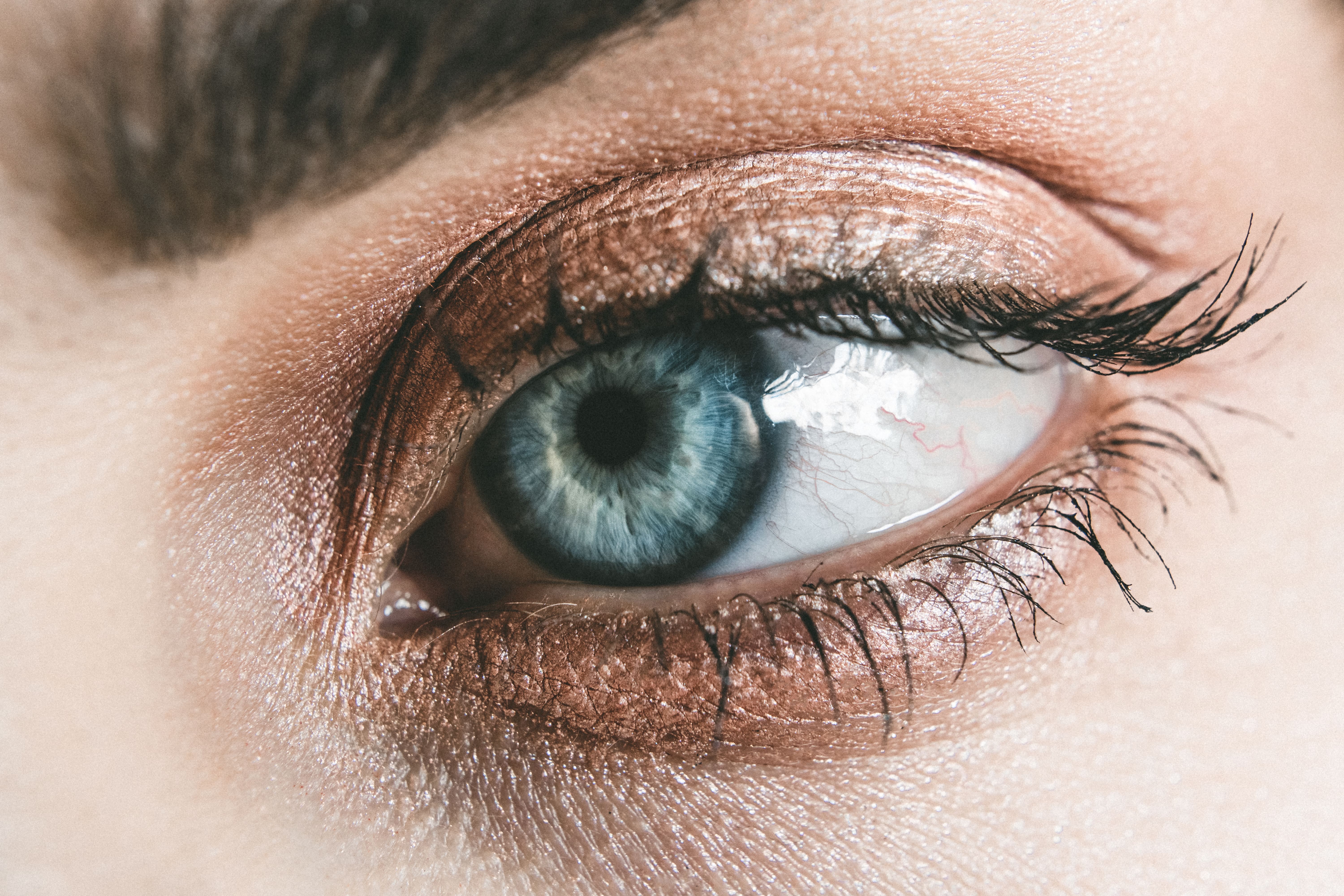
OECD adds alternative tests for skin sensitivity and eye irritation
Submitted by:
Andrew Warmington
The OECD has accepted two new alternatives to animal testing to assess skin allergy and eye irritation. The methods have been developed by French cosmetics company L’Oréal after 40 years’ research.
The U-SENS method for detecting and predicting a skin allergy, developed in L’Oréal’s laboratories, is based on tests performed in vitro on human cells that express a specific marker of immunity. In 2016, the European Union Reference Laboratory for Alternatives to Animal Testing (EURL-ECVAM) judged the method efficient and reproducible.
To evaluate eye irritation, L’Oréal developed a method based on a human cornea epithelium
model reconstructed in vitro (organic tissue), which faithfully reproduces human histological and morphological properties. The cellular viability of this tissue in 3D is measured by a specific protocol. This human corneal epithelium eye irritation test (HCE EIT) method, which is considered robust and relevant, was recognised and validated in 2016 by EURL-ECVAM.
International recognition
The inclusion of these two methods in the OECD Test Guidelines in 2017 (TG442E and TG492) amounts to international recognition and regulatory acceptance for all industries that may use these tests.
L’Oréal stated: “This is a major breakthrough in the replacement of animal testing. In order to guarantee consumer safety, it is imperative that the cosmetics industry ensures that the ingredients present in the finished product have no undesirable effects ... Since the EU banned animal testing in 2013, alternative in vitro methods have been developed to predict these potential side effects.”
